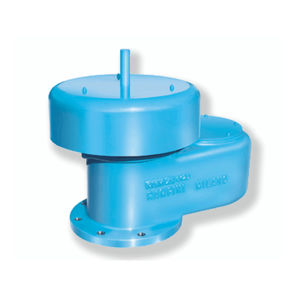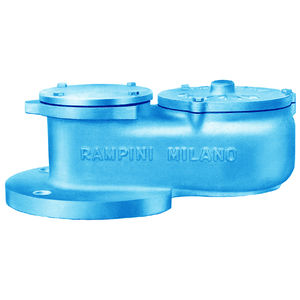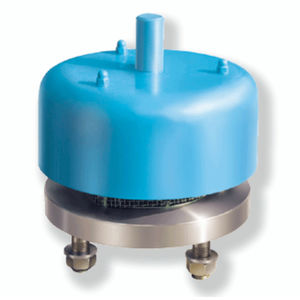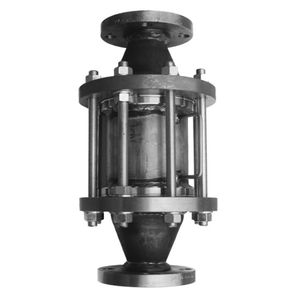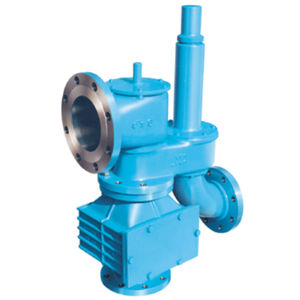
- Products
- Catalogs
- News & Trends
- Exhibitions
Steam breather valve MOD.111 seriesflangediaphragm

Add to favorites
Compare this product
Characteristics
- Fluid
- for steam
- Other characteristics
- flange, diaphragm
- Controlled pressure
Max.: 2,942 Pa
(0.4 psi)Min.: 980.7 Pa
(0.1 psi)- DN
Max.: 12 in
Min.: 2 in
- Flow rate
Max.: 300 m³/h
(10,594.4 ft³/h)Min.: 0 m³/h
(0 ft³/h)
Description
These valves are designed to protect the reservoirs against excessive positive or negative (vacuum) pressures due to the loading or unloading operations and to the temperature variations, when the vapours are to be collected in exhaust lines. As the reservoir pressure exceeds the valve's relief or vacuum setting, the pallets arise allowing the venting or the vacuum relieving of the reservoir.
These valves are used when the setting values exceed 800 mbar.
These valves are used on blanketed tanks. Through the valve an inert gas can be fed into the reservoir when its pressure value is below the blanketing pressure.
Tightness by elastomeric O-Rings (NBR, FPM/FKM, FFKM) to minimize the leakages.
MAIN FEATURES
REPLACEABLE SEATS
ANTIFREEZING PALLETS
The drips around the pallet avoids condensate collecting around the seat.
PALLET GUIDES LOCATED ABOVE THE SEAT
This arrangement assures a no-jamming guide of the pallet not affected by contaminant fluids as a dose coupling between pallet and guides is not necessary.
BIRD SCREEN AVOIDS THE ENTERING OF FOREIGN ELEMENTS.
SETTING
any setting available, charging the pallet's dead weight load, between ± 20 mbar and ± 400 mbar (On request higher sets)
Catalogs
No catalogs are available for this product.
See all of Rampini S.r.l.‘s catalogsExhibitions
Meet this supplier at the following exhibition(s):

*Prices are pre-tax. They exclude delivery charges and customs duties and do not include additional charges for installation or activation options. Prices are indicative only and may vary by country, with changes to the cost of raw materials and exchange rates.


